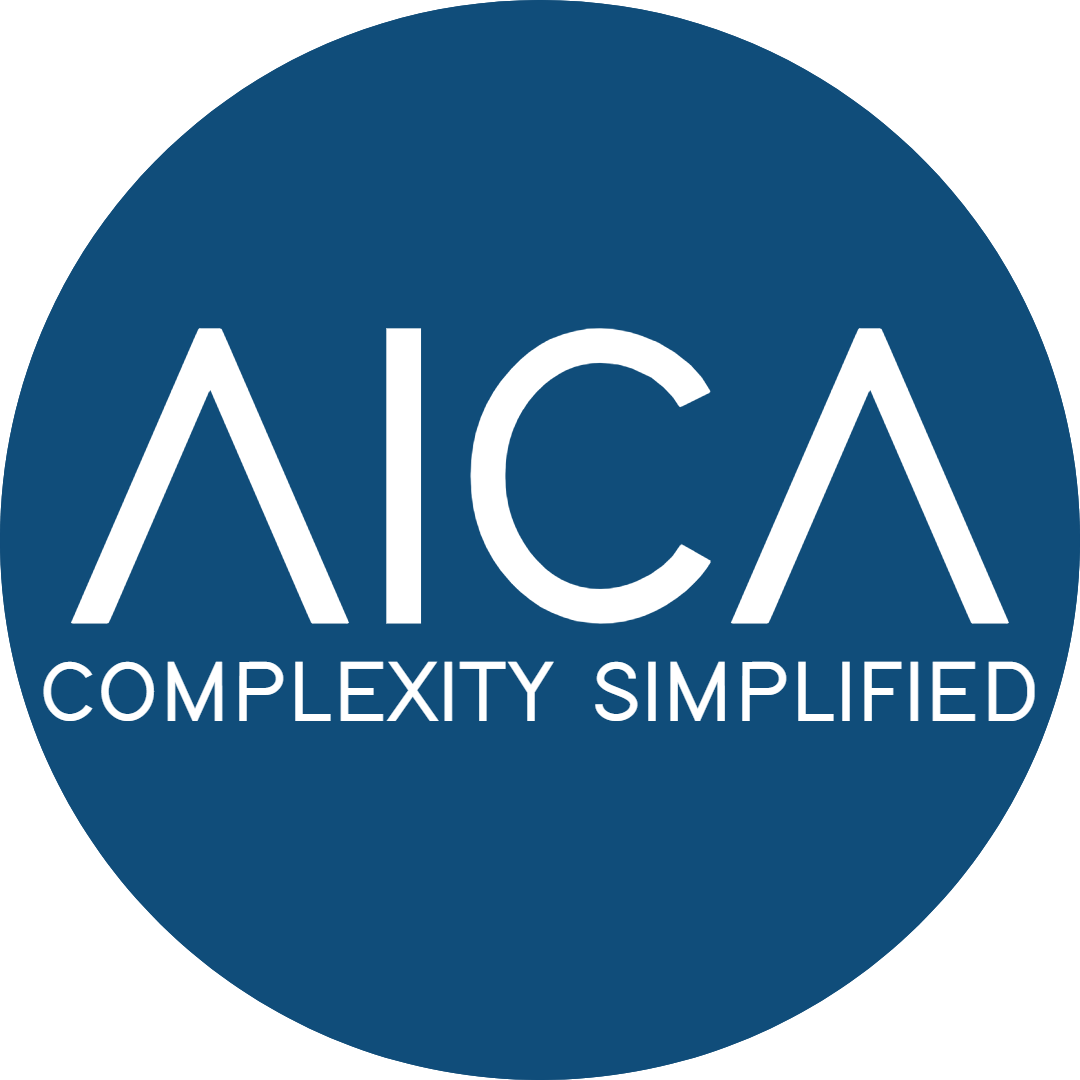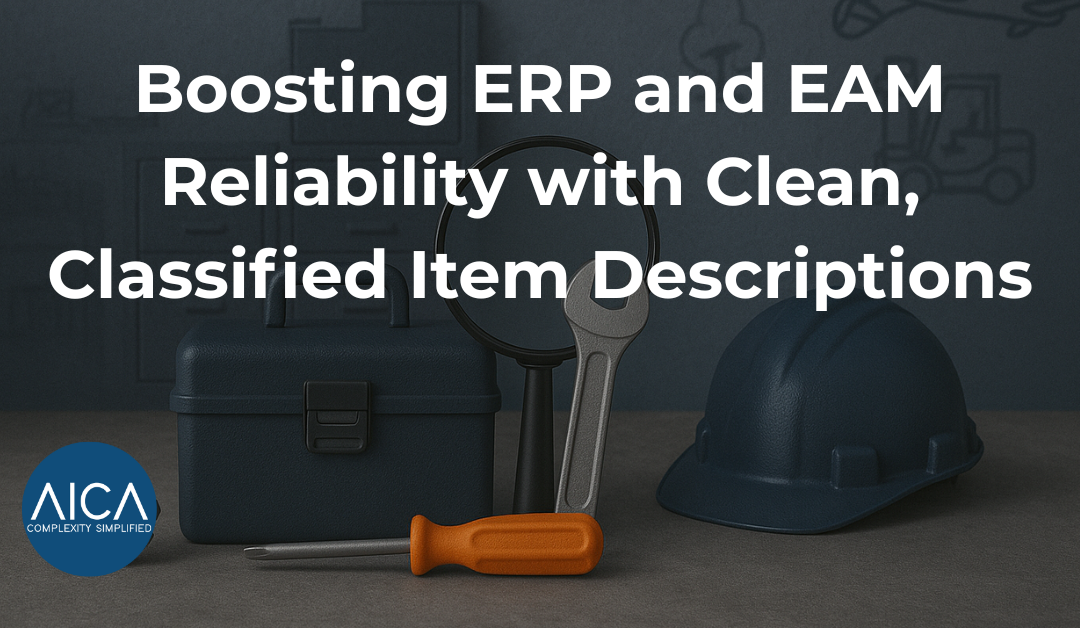ERP and EAM systems are the backbone of modern procurement, supply chain, and maintenance operations. However, their reliability depends on one critical factor: the quality of the product and service data running through them.
When data is incomplete, inconsistent, or poorly structured, even the most advanced ERP or EAM implementation falters. The consequences are serious: unplanned downtime, sourcing delays, inflated costs, and unreliable reporting. At AICA, we solve this challenge by delivering clean, enriched, and fully classified product data attributes that strengthen ERP and EAM performance from the ground up.
The Hidden Weakness in ERP and EAM Systems
Most organisations pull product and service data from multiple sources: suppliers, legacy platforms, regional operations, or acquisitions. This patchwork approach creates systemic weaknesses:
- Duplicate entries that inflate stock levels and distort visibility.
- Missing attributes (size, material, brand) that slow down sourcing.
- Inconsistent taxonomies that prevent different sites or divisions from speaking the same language.
- Outdated descriptions that confuse procurement teams and maintenance planners.
The outcome is predictable: procurement issues vague RFQs, maintenance teams waste hours hunting for the right spare, and executives lose confidence in reporting and KPIs. Without clean data, ERP and EAM reliability is compromised before operations even begin.
Our Three-Pillar Approach
We help organisations take control of their product and service data by focusing on three core areas:
1. Cleansing
We remove duplicates, merge obsolete records, and standardise descriptions, creating a single, trusted dataset across the organisation.
2. Enrichment
We fill critical gaps by adding missing attributes such as dimensions, tolerances, weights, brands, and hazardous classifications, making every record usable and reliable.
3. Classification & Harmonisation
We classify and harmonise records into UNSPSC, GS1 GPC, ETIM, ISO 14224, or custom taxonomies. This alignment ensures consistency across suppliers, sites, and systems — and provides a unified language for ERP and EAM platforms.
How Clean Data Improves ERP and EAM Reliability
When ERP and EAM systems are powered by clean, enriched, and harmonised data, the results are measurable:
- System Accuracy – KPIs, analytics, and forecasts are based on reliable data.
- Maintenance Efficiency – Teams quickly find the right spare part, reducing downtime.
- Procurement Speed – Standardised RFQs eliminate supplier clarifications, accelerating cycles.
- Migration Success – Data quality reduces delays in projects like SAP S/4HANA or IBM Maximo migrations.
- Compliance & Governance – Taxonomy alignment ensures regulatory reporting and audit readiness.
Why Organisations Choose AICA
We go beyond generic AI or manual cataloguing by combining domain-specific expertise with our Agentic AI platform, trained specifically on MRO and industrial datasets.
With AICA, organisations benefit from:
- Speed – Millions of records processed in weeks, not months.
- Accuracy – Over 90% classification accuracy, with subject-matter expert QA/QC where it matters most.
- Cost Efficiency – Up to 75% lower cost compared to manual data preparation.
- Integration – Seamless connections into ERP, EAM, MDM, and PIM environments.
This balance of automation and human oversight ensures ERP and EAM systems are built on a solid foundation of structured, harmonised data.
Conclusion
ERP and EAM systems are only as strong as the data behind them. Poor data leads to downtime, inflated costs, and flawed decision-making. Clean, enriched, and classified data, on the other hand, delivers reliable systems, faster sourcing, and sustainable digital transformation outcomes.
Visit our website to learn how we can help your organisation achieve ERP and EAM reliability through data cleansing, enrichment, and classification.
Copyright Reserved © AICA Data International Ltd 2025

